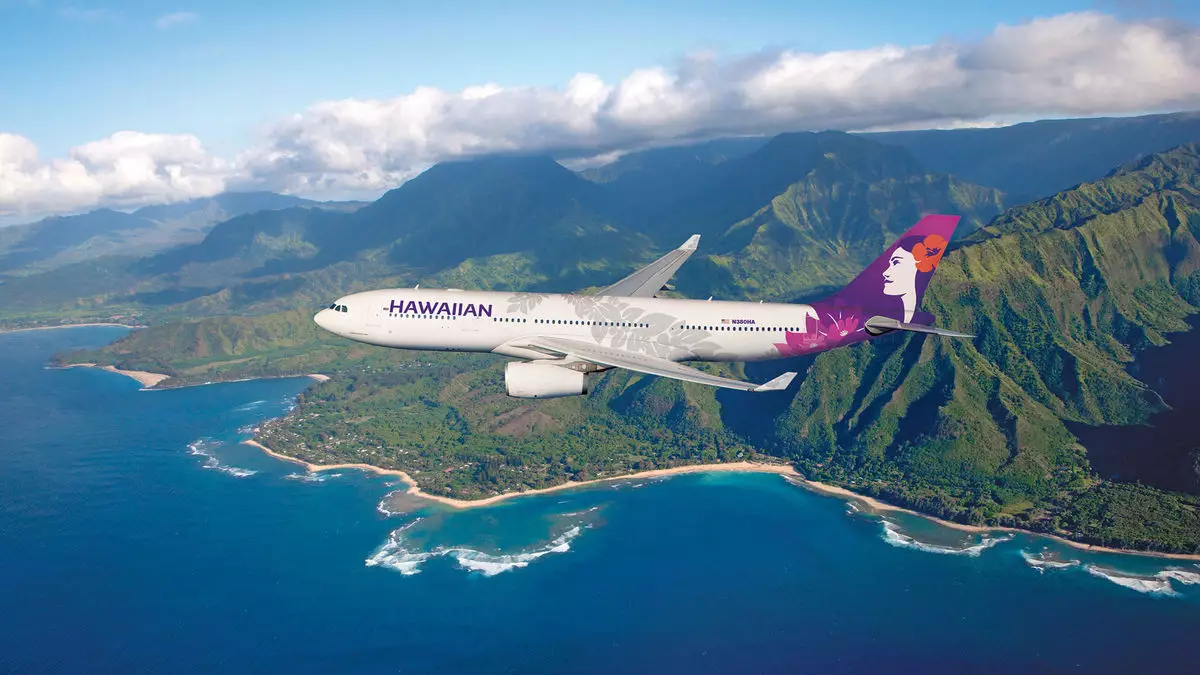The recent acquisition of Hawaiian Airlines by Alaska Air Group marks a pivotal moment in the aviation industry, particularly for both entities involved. Before this merger, Hawaiian Airlines was grappling with significant financial difficulties, exacerbated by the catastrophic Lahaina wildfires and dwindling demand from international markets such as Japan. This worsening economic climate hindered the airline’s profitability since the onset of the COVID-19 pandemic. On contrast, Alaska Airlines has been seen as a robust operator in the sector, allowing Hawaiian to leverage this financial stability.
The merger can be seen as Hawaiian Airlines’ strategic move to rejuvenate its balance sheet. Airline industry experts like George Ferguson from Bloomberg Intelligence argue that this acquisition is not focused on streamlining operations or consolidating networks but rather on fortifying Hawaiian’s financial standing. This perspective suggests that while the immediate intent is to stabilize Hawaiian’s financials, there may be longer-term implications for operational synergy that can emerge later on.
For passengers traveling to and from Hawaii, the implications of this merger are predominantly beneficial. Previously, travelers had to juggle between different airlines to reach their final destinations within the continental U.S. With the operational synergies of an Alaska-Hawaiian network, seamless travel routes are expected to become the norm for those based in Hawaii. Brett Snyder, an aviation analyst, points out that travelers in Hawaii will be particularly advantageous as they will gain broad access to various U.S. locations, enhancing their travel experience.
Looking forward, the implications of this merger extend beyond mere financial stability. Analysts speculate that adding Hawaiian’s fleet of widebody aircraft to Alaska’s operations could signify the airline’s first foray into transoceanic flights. The anticipation of routes starting from Seattle to various international destinations introduces an exciting chapter for Alaska Airlines. The potential for Alaska’s expansion into long-haul operations is a reflection of the airline’s ambition to diversify and adapt to changing travel demands, which could revolutionize its service offerings.
Despite the promising prospects, integrating Hawaiian Airlines’ fleet into Alaska’s operations poses immediate challenges. Yukon has predominantly focused on a fleet composed entirely of Boeing narrowbody jets. Hence, the shift to a mixed fleet that incorporates both Boeing and Airbus models—across both widebody and narrowbody categories—will present complexities. Ferguson emphasizes that Alaska’s operational efficiency will be tested as it adapts its cost structure and operational practices to accommodate this transition.
Alaska Airlines’ acquisition of Hawaiian Airlines is more than just a merger; it represents an essential realignment in the airline industry that aims to provide Hawaiian with newfound stability and avenues for growth while posing a series of challenges that will require careful navigation in the future.

